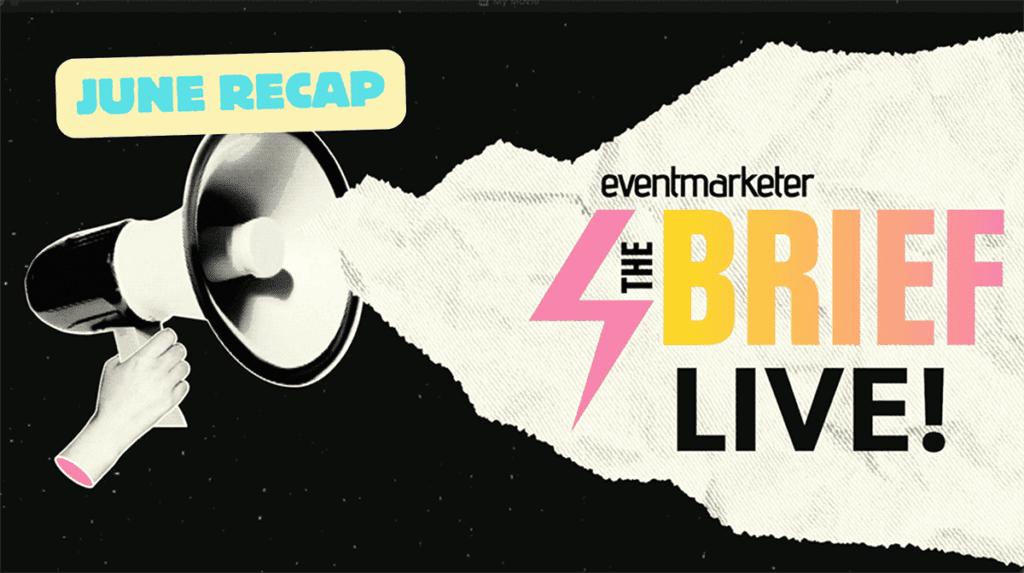 Text analysis powered by natural language processing (NLP) is helping transform digital marketing strategies. Here’s five ways it can help your team.
Text analysis powered by natural language processing (NLP) is helping transform digital marketing strategies. Here’s five ways it can help your team.
Social Listening
Social listening tools enable marketers to build better campaigns and manage their reputation online. It is a matter of scraping the web for comments, reviews, social media posts or even hate speech. Even if such comments could lie in any corner of the Internet, it makes sense to start with the obvious places like Facebook, Instagram and popular review sites.
Once you have the information, text analysis can help you go through huge volumes of data and classify the opinions expressed by clients.
Such information can be of advantage when launching and evaluating branding campaigns. For example, if you have a new TV ad and people are saying it is boring or simply doesn’t resonate with their values, you can find this out as early as the next morning after the release. This allows you to correct course and get a better message into rotation.
Influencer Marketing
Influencers can add authenticity to your marketing plan, but they do need direction related to what they should talk about. It’s a good idea to come forward with keywords, themes or even pre-made titles and hashtags.
You could do this by hand, looking at competitors’ blogs and advertising, the process can be automated with text analysis to identify trending topics in your business area, and to distribute relevant posts on your own and influencers’ pages targeting those specific themes.
You May Also Enjoy:
- Special Report: Masters of Martech
- B2B Email: Customers Crave Curated and Customized Content
- U.S. Smart Tech Projected to Top $2 Billion in 2020
You can also use text analysis in your content curation efforts. We all know how difficult it is to keep an updated social media page with relevant information without repeating yourself. By using content aggregators powered by NLP, you can always have fresh news and related posts to serve to your audience.
SEO
Often, many people don’t get past the first page in search results. Optimizing pages for search is essential, and you should always aim to get in the top three to five positions.
You can use text analysis to define your keywords. For example, starting from the main keyword and using semantic relationships, you can get the complete list of related words or phrases.
You can then use these new keywords to insert in blog posts, meta-tags or permalinks.
Search engines like Google have evolved way beyond simple keywords and now look at the context instead. That is why it is vital to move away from keyword stuffing to writing more naturally, pleasing the audience and making search engines understand that you are an authority in your domain.
Evaluating Marketing Impact
By performing text analysis and specifically sentiment analysis, you can identify the types of reactions you got from your target market.
Such comments can highlight your brand strengths, give ideas about product line extensions or, conversely, pinpoint the features you lack in your product. This is a way of combining quantitative and qualitative marketing research.
Customer Service
In today’s viral world, every customer has the potential of becoming an influencer. It just takes the right comment or the right picture, usually expressing negative sentiment, to become an online sensation.
The difference from yesterday’s marketing is that clients no longer reach out to you when they have a problem. Rather, they’ll post their woes online for all to see, wait for your response.
This is why it is essential to keep a close eye on what’s happening in social media and offer a quick response or even compensation for every complaining customer. The worst strategy would be to bury your head in the sand and pretend it didn’t happen. But with text analysis tools at hand, you can get a notification on every negative sentiment as soon as possible and start acting appropriately.
Marta Robertson is a data analyst.




 Network
Network

